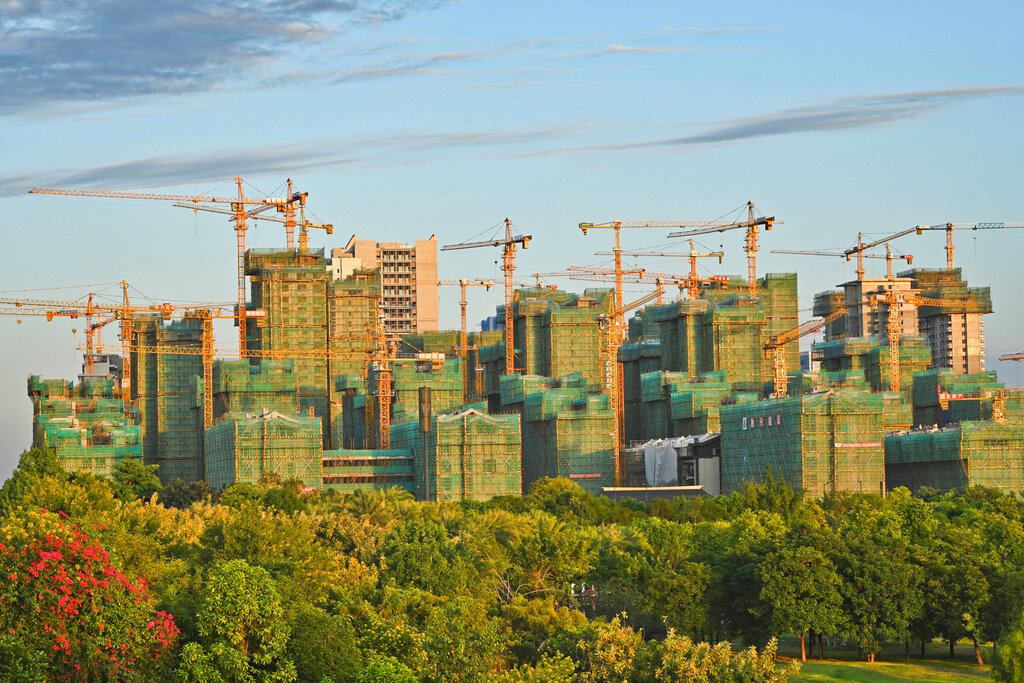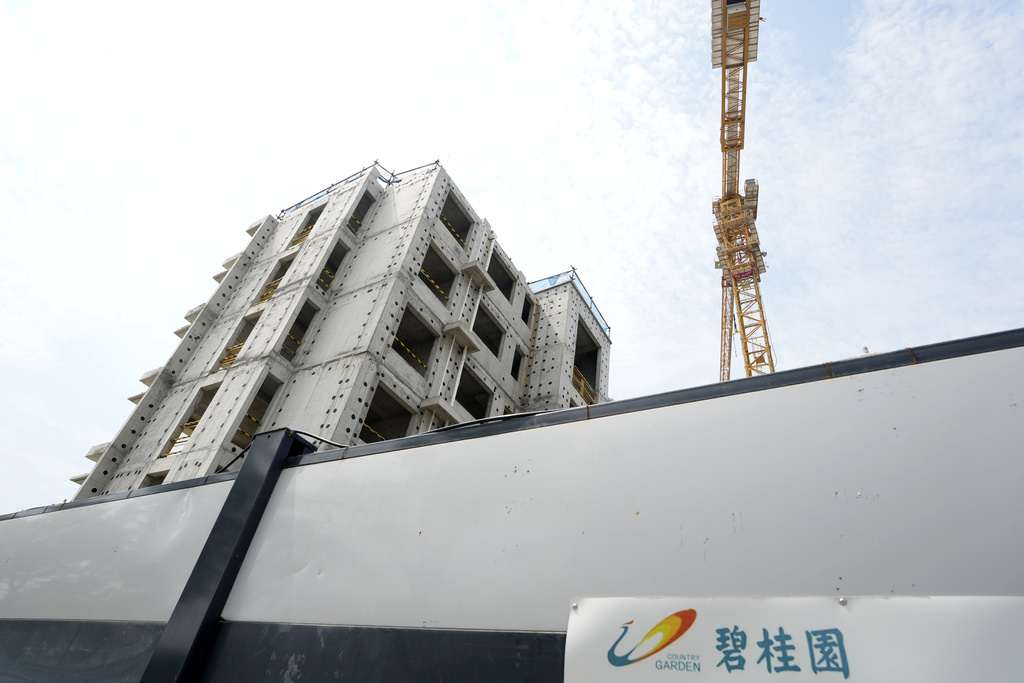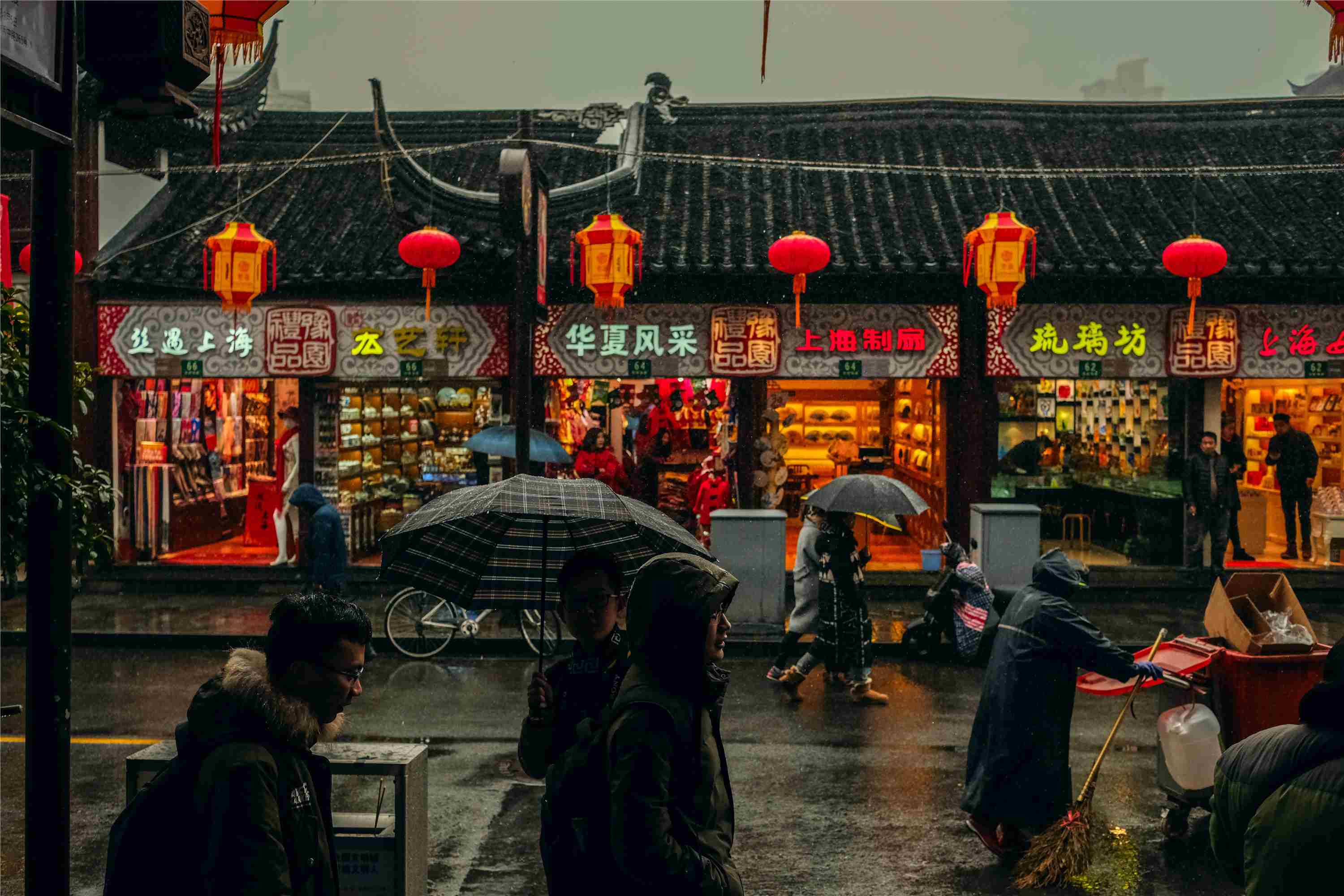Kate Lin: Welcome to Morningstar. Since the Evergreen crisis two years ago, China property has been suffering. And now with trouble around Country Garden, what are bond managers thinking about the sector right now? And, with a much smaller proportion of Chinese property bonds in the index, where else can we find opportunities?
Sheldon Chan, portfolio manager for T. Rowe Price Asia Credit Bond Strategy is here to tell us what he thinks.
Hi, Sheldon. Country Garden is about to default on its coupon payments. Did this come as a surprise?
Sheldon Chan: Hi, Kate, thanks for having me here. I think it's a great place to start with the discussion. Clearly, right now we’re at this point, where Country Garden has missed coupons on its U.S. dollar bond debt. They are still within the grace period. So, it remains to be seen whether or not they'll be able to cure it in that time. At the same time, we've also seen them trying to extend onshore bond payments and we also know that there are a lot of onshore debt maturities that are coming up in the next few months. So clearly the liquidity is tight, and the situation remains challenging even if they haven't quite defaulted yet.
Back to your question: Is this a surprise? Well, on the one hand, if you look back starting in 2021 and think about how Country Garden was positioned back then, one of the larger nationwide developers with a large nationwide footprint, investment grade-rated [bond], you would have thought that they'd be able to sort of stay clear of some of the challenges and stresses we've seen across the high yield property sector.
But then now when we look at things and if you look at where bond prices have been marked, at least for the last few months, in particular, the long end of the Country Garden bond curve has been trading below 40 cents for several months now. So I think that does reflect some of the ongoing challenges we've seen, how deep the sector downturn has been, and particularly some of the stresses in some of the tier 3 and tier 4 cities. That does tell us the market has already been somewhat concerned that even if they were to make near-term bond maturities, the longer-term outlook would remain quite uncertain.
Lin: Now, with property sales remaining very weak, sentiment as well, very weak, how have you adjusted the weighting of property bonds in your fund portfolio?
Chan: Yeah, I think you made a good point at the start. Just to highlight China real estate as a portion of Asian credit has come down a lot within the benchmark that we follow. It's now less than 2% of the overall opportunity set. So as an overall sector allocation call, it’s certainly not as meaningful as it used to be.
We do have some tactical positions in China real estate names. What we have been looking for is companies we still feel can stand out and survive. And, we are looking for companies where perhaps their positioning is in some of the tier 1 and tier 2 cities, looking for those where there's for example recurring income stream that may be more insulated or at least less correlated to the overall development revenue and also those where perhaps the near term maturity profile isn't quite so stretched. And so we do have some tactical positions in the sector. But overall, I describe our positioning as more neutral versus the benchmark.
We did note the strong rally in China credit post-COVID reopening towards the back end of last year and we used that backdrop to lighten some of our positions and take profit on those that had traded very well.
Lin: So, in China or elsewhere in Asia, investment-grade bonds are very much in favor. How are you playing this space?
Chan: Yeah, I think again another very good observation. We've seen Asia investment grade has so far year to date returned somewhere between 3 to 4% and that's in spite of U.S. Treasuries continuing to remain fairly volatile. I think we've been saying for some time that Asia investment grade is a great place and a great tool to have as a structural allocation within a global credit portfolio. And that's speaking to some of the strong risk-adjusted returns we've seen in Asia investment grade over the past decade and more. And we do believe, and we do expect that this resilience will continue. So in periods of global market uncertainty of global market volatility, we do think Asia credit investment grade will continue to hold up.
Right now, I think within Asia we do see the merits of a more diversified approach. It is an asset class that tends to focus a lot on China, particularly with the headlines, but we like the approach of diversifying into some of the other markets around the region. So, we see some good opportunities in the likes of India, Korea, and also across Southeast Asia.
Lin: Finally, we have seen issuers in Asia retiring their U.S. dollar bonds to pivot to local currency markets, where financing is obviously cheaper. Do you think supply will remain low and how has this impacted your fund's opportunity set?
Chan: So I think we've had this backdrop where there's still uncertainty about the U.S. rate outlook. U.S. Treasuries have remained volatile. As you say, funding costs in the U.S. market have remained high. Capital expenditure demands have also been more muted from a lot of corporate sectors in Asia. So all those things have combined together for a more muted issuance backdrop. Until we see more clarity on some of those themes, I still think issuance is likely to remain muted.
At the same time, we do believe we're closer to the end of the rate hiking cycle. Issuance, I'm sure, is ready to issue, once the market opens up and the demand I think can come back fairly quickly.
In terms of what it means for our opportunity set, I think on the secondary market, we still see good opportunities. I think one of the positives of what we've seen is that the local market funding comes from a place where domestic banking systems have remained very liquid and also very healthy. And so the fact that these corporates, for example in Indonesia and India have been able to get funding in domestic markets at very attractive yields. It also takes the pressure off the dollar bond space and allows them to tender for bonds and actually provide some more upside to secondary market investors. But we would certainly like to see the primary market reopen. We do think that will bring more opportunities and more diversification for investors.
Lin: Wonderful. Thank you so much for your time, Sheldon. For Morningstar, I'm Kate Lin.












.png)




.jpg)





